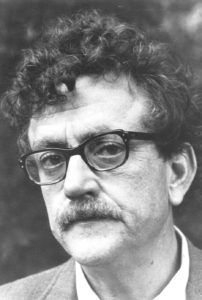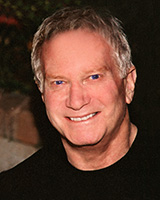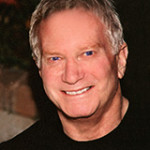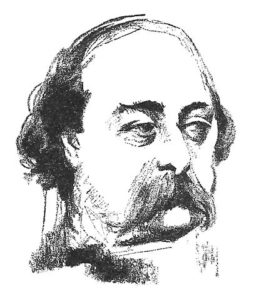
One bit of writing lore I’ve heard many times, and always attributed to Gustave Flaubert:
“Use three senses to make a scene come alive.”
I’ve written before on my skepticism of writing lore. Lore too often follows a pattern: Some nugget of keen insight for writers to follow closely, usually attributed to a big-name writer to burnish the saying with a little authority, but with little supporting evidence provided. Certainly this pattern is being followed with the “three senses” quote.
In this case, though, my skepticism is firmly tucked away. This is one bit of writing advice that’s well worth following (and not because Flaubert supposedly said it).
“She had learned from Flaubert”
Let’s start with that “supposedly” qualifier. I’ve been unable to locate a direct quote of Flaubert making the three-senses pronouncement in any variation. All roads in my search lead to an essay by Flannery O’Connor titled “The Nature and Aim of Fiction”:
A lady who writes, and whom I admire very much, wrote me that she had learned from Flaubert that it takes at least three activated sensuous strokes to make an object real; and she believes that this is connected with our five senses. If you’re deprived of any of them, you’re in a bad way, but if you’re deprived of more than two at once, you almost aren’t present.
Already the lore around the three-senses maxim is being chipped away. It’s not make a scene come alive, it’s make an object real. The three senses are described here as “three activated sensuous strokes,” an odd phrasing. It could be construed as indicating the object’s three sensory details do not have to originate from different senses. (For example, an old beat-up table might be described with three different sights: the paint color, the length of its legs, and the shape of its surface.) And notice how the unnamed writer “believes” the three sensuous strokes are connected to the five senses—in other words, she is reading into Flaubert’s maxim rather than paraphrasing it.
If he uttered the maxim, of course. A Google search for Flaubert and the original “three sensuous strokes” phrase always leads back to this passage by O’Connor. As mentioned, searching for Flaubert and other variations of the quote, including the most famous version above, don’t pan out either.
What’s more, O’Connor’s unnamed writer friend “learned from Flaubert” this bit of wisdom. There’s some ambiguity here. It could be read as saying the writer had discovered this technique by studying Flaubert’s work, rather than receiving it directly from him via an interview or essay.
And that’s probably what happened here. The unnamed writer is most likely Caroline Gordon, a Southern novelist and critic who tutored Flannery O’Connor. Gordon’s How to Read a Novel returns repeatedly to Flaubert and his techniques for making a novel come alive, which she calls “Flaubertian three-dimensionalism”:
Flaubert never told you what a flower, for instance, was like. Instead, he tried to give you the illusion, by the use of sensory details, that you could not only look at the flower he was presenting for your admiration but could smell it and feel the texture of its petals.
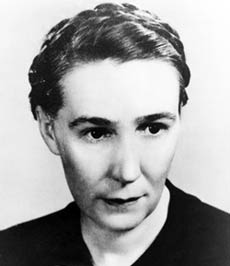
She continues with effusive admiration for Flaubert’s techniques, particularly his use of narrative distancing: One passage away from his characters to observe their situation, then moving in close for intimate details, and then moving into their interior to plumb feelings and thoughts. Gordon plainly admired Flaubert’s writing. It makes sense she would have passed on the “three sensuous strokes” observation to O’Connor.
In other words, the advice “Use three senses to make a scene come alive” may not have sprung from Flaubert or O’Connor, but Caroline Gordon. What’s more, she was discussing objects and not scenes, although I think the generalization is forgivable.
As much as I believe in the three-senses maxim, this is why writing lore—and lore in general—deserves questioning.
Why it works
Provenance aside, I’ve taken the accepted maxim to heart in my own writing. Unlike other writing lore I’ve come to question, the three-senses maxim has served me well, both in making scenes come alive, and in making objects seem real.
I first heard it over twenty years ago—attributed to Flaubert, naturally—during a writers conference at Foothill College. Those years have given me time to take advantage of this advice and ponder why it works so well. Why three? Why not two, or four, or all five senses?
If a story limits itself to two senses, it will likely focus on sight (the most dominant of the human senses) and sound (because sound—dialogue—is our primary means of communication).
A novel of nothing but sight and sound may be compelling in subject matter, but readers will feel locked out of the book’s world. (“You almost aren’t present.”) Scenes will play out as heads talking to each other. Objects will be nothing but photographs displayed from afar for the reader to observe. A very short story may be able to sustain this, but it takes a special kind of novel to keep this up.
By employing three senses, the dream-vision of the story becomes less boxed-in and more nonlinear (“Flaubertian three-dimensionalism”). The other senses—taste, smell, and touch—have less communicative power, but are evocative to the reader. They’re not as cerebral and more bodily.
Naming a paper bag of popcorn identifies the object. Allowing the reader to smell the yeasty aroma, or taste the melted butter, or feel the heat of the kernels through the paper like small coals: These details inflate a flat object into a tangible thing. Imagine the possibilities of foiling expectations with sensory details: The popcorn smells of cigarettes, for example, or tastes soapy for some reason.
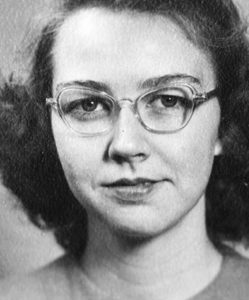
This is why I think the three-senses rule works: It almost always forces the writer to break away from sight and sound, which dominate the story’s telling, and activate the other senses. The story evokes an experience rather than catalogs a series of events.
While I don’t think four or five senses in a scene is necessarily too much, doing so consistently will over-inflate the story with picayune details. I’ve tried it on occasion, only to cut much of it later as excess fat weighing down the scene. Three senses seems to be the sweet spot.
Flannery O’Connor saw all these problems when she wrote “The Nature and Aim of Fiction”. After mentioning Gordon’s lesson on Flaubert, she cautions,
Now of course this is something that some people learn only to abuse. This is one reason that strict naturalism is a dead end in fiction. In a strictly naturalistic work the detail is there because it is natural to life, not because it is natural to the work. In a work of art we can be extremely literal, without being in the least naturalistic. Art is selective, and its truthfulness is the truthfulness of the essential that creates movement. [Emphasis mine]
Keeping the number to three helps limit the writer to selecting only the most essential details, rather than flooding the reader with a surplus to create a sensory shotgun effect. It’s “the essential that creates movement.”
And, yes, there are exceptions to all of the above I’ve discussed. Fiction writers who seek hard rules to follow militarily will soon discover surprises and disappointments. Familiarity with proven techniques, and knowing when to deviate from them, is what separates art from assembly-line manufacturing.
O’Connor’s caution also reminds that the purpose of sensory detail is to invite the reader into the story rather than have them observe it. Sensory details are not the story itself. They are subordinate to the characters, their motivations, and their decisions. Use three senses to make the characters’ world come alive, but only alive enough.
